Garden Planning in 5 Simple Steps
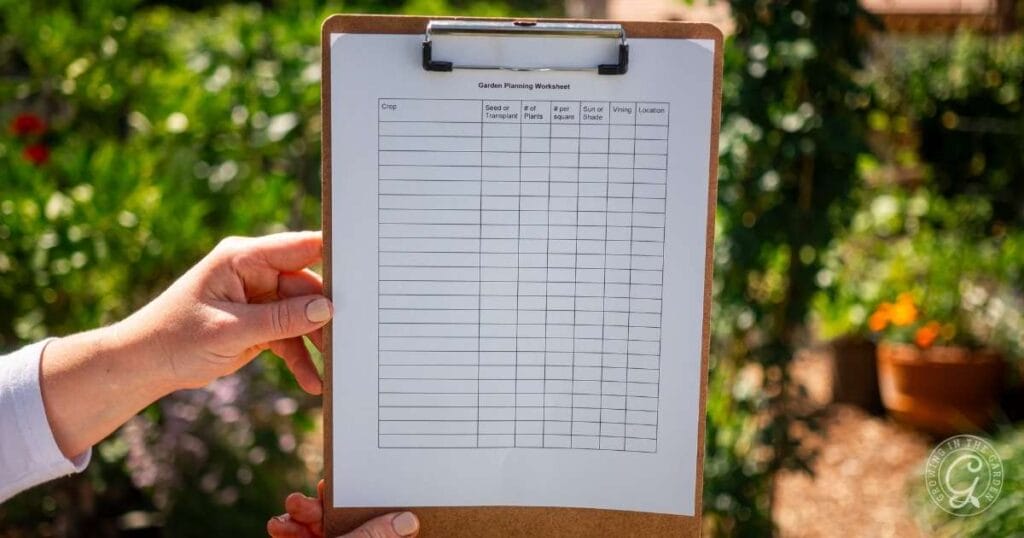
Garden planning helps you make the most of your garden’s available space and sunlight. Each new season in the garden can seem overwhelming. Knowing what to plant, when to plant, and where to plant is a juggling act for even experienced gardeners. Taking the time to make a plan will help you be successful.
When you plan, you can prioritize space for the plantings you want to be most successful. Planting crops in the best location and at the right time gives them the best chance of producing well. Rather than buying seeds and plants you don’t need–when you plan your garden, you know exactly what you need.
Article Outline:
- Draw out the layout of your garden
- Make a list of what you would like to plant
- Decide where to plant each crop
- Purchase seeds and transplants
- Plant and enjoy your garden
1. Draw out the layout of your garden
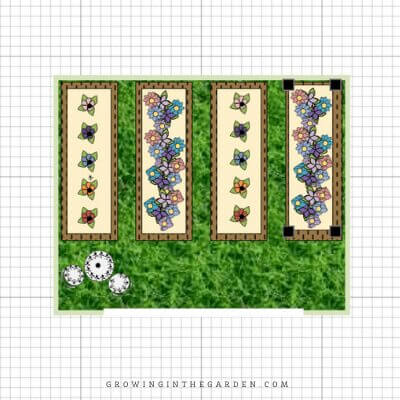
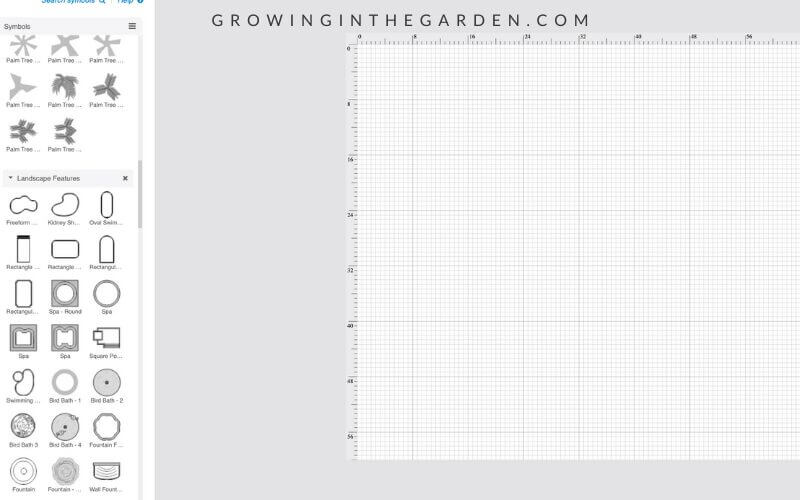
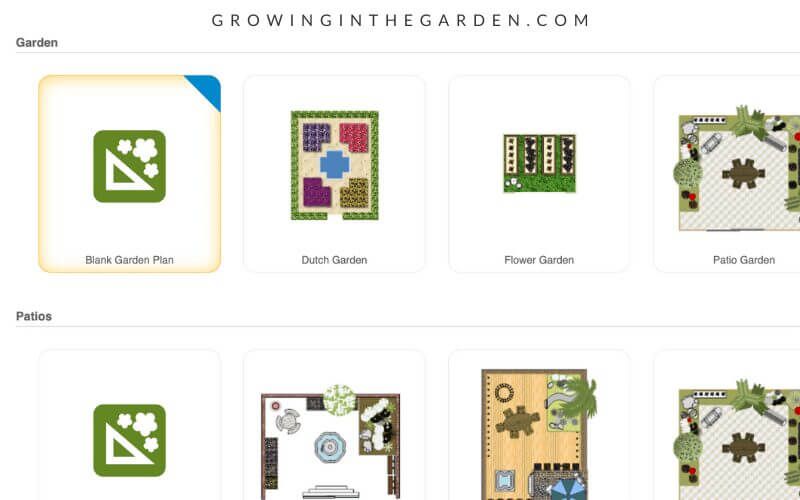
Use graph paper, Google Earth, and online garden planning tools (or a combination of all three) to make an aerial view of your garden beds and planting areas.

- Diagram your garden. Add as much detail as possible, including your raised beds, containers, and in-ground areas.
- Create separate “zoomed-in” diagrams of each bed if desired.
- Label any trellises or vertical structures. This will help you know where vertical gardening is an option.
- Label areas by the amount of sunlight they receive (full sun, part sun, afternoon shade, etc.) This may change depending on the season and if you add shade cloth to parts of your garden in hot summer areas.
- Assign each planting area a number or letter on your layout. This makes it easy to describe where certain crops will be planted on your Garden Planning Worksheet. (Get the free printable at the top of this post.)
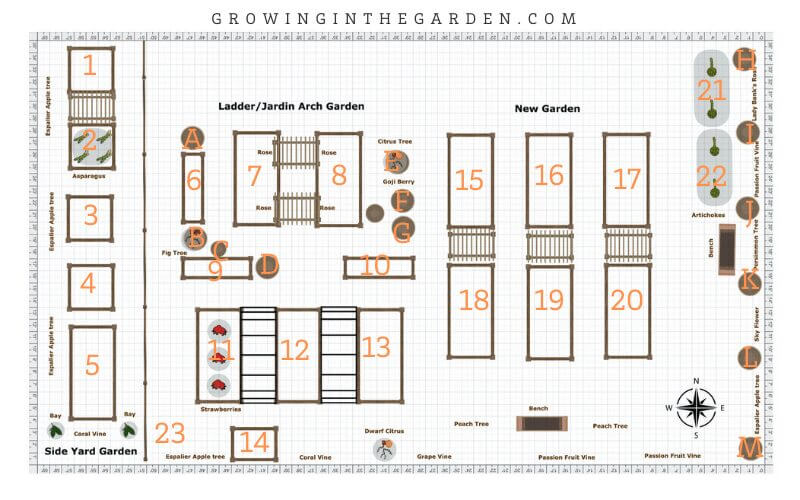
2. Make a list of what you would like to plant
Use your local planting guide to list what you want to plant on your Garden Planning Worksheet. (Download a free copy here). Complete as much information as possible. The more information you include helps later as you decide what to plant where. Get help finding a planting guide for your area in this guide.

Fill in the following information for each crop you would like to add to your garden:
- Whether you will plant from seeds or transplants.
- How many you would like to add to your garden.
- The spacing requirements for each plant. Allow enough room to provide adequate airflow. If you use square-foot gardening, this step is simple.
- The sunlight requirements. This is especially important in hot summer areas like the low desert of Arizona. It is important to understand which crops can handle full (even afternoon) sun and which crops you need to provide shade for.
- If the crop grows best vertically, will it need a trellis?
3. Decide where to plant each crop
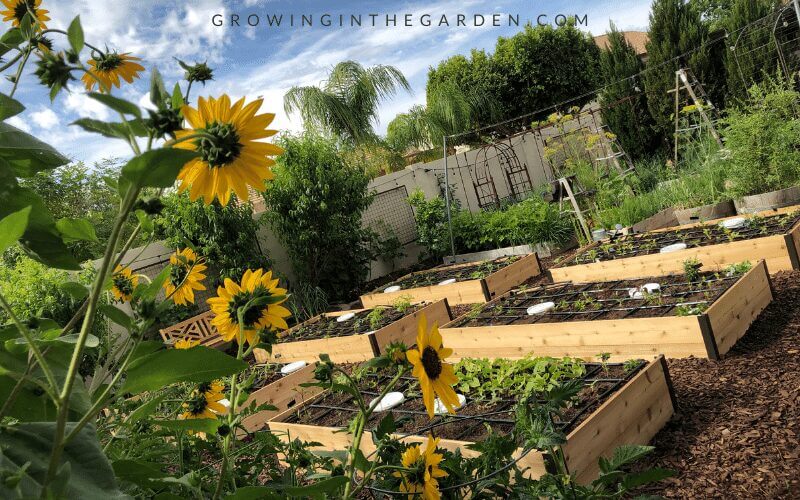
Take note of where you already have crops growing in your diagram. Where I live in the low desert, we garden year-round, and many crops, such as peppers and perennial herbs, stay in place all year long.
Decide where to plant each crop using the information you gathered on your Garden Planning Worksheet and garden diagram.
Write the area (the number or letter you assigned to each garden area) on your Garden Planning Worksheet. Use a pencil if you are writing it out – this step takes some work. As you complete this step, here are a few things to keep in mind:
- Rotate where you plant crops each season. Planting crops in the same location can cause pest and disease build-up in the soil. Rotate where you plant legumes, root crops, fruit crops, and leaf crops from year to year.
- Use the resources in my “Spring Garden Checklist,” “How to Prepare Your Garden for Summer,” and “Fall Planting Guide” to help you prepare for the upcoming season.
- Planting a variety of crops in each bed is an excellent way to increase your garden’s biodiversity. Diversity in plantings attracts a broader assortment of beneficial insects and pollinators. Resist the urge to plant all of one type of vegetable in one location. Add it to different areas around your garden. Read this article for more information about companion planting.
- Try planting different varieties of the same crop (squash, beans, tomatoes, etc.) in various parts of the garden. However, corn should be grown all together to ensure adequate pollination.
- Pay attention to spacing requirements and do not over-plant. Adequate airflow is important for healthy plants.
- Adjust planting amounts as needed if there is not enough room or if you have extra room (every gardener’s dream!)
4. Purchase seeds and transplants
Let’s be honest: sometimes, this is the first thing we do, and then we have to figure out how to make it all fit! Look at your list and decide which plants you will start from seed directly in the garden, which you will start indoors, and which you will purchase transplants for. Some plants do best when started from seed directly in the garden. This blog post can help if you are trying to decide which is best and when to start seeds indoors.
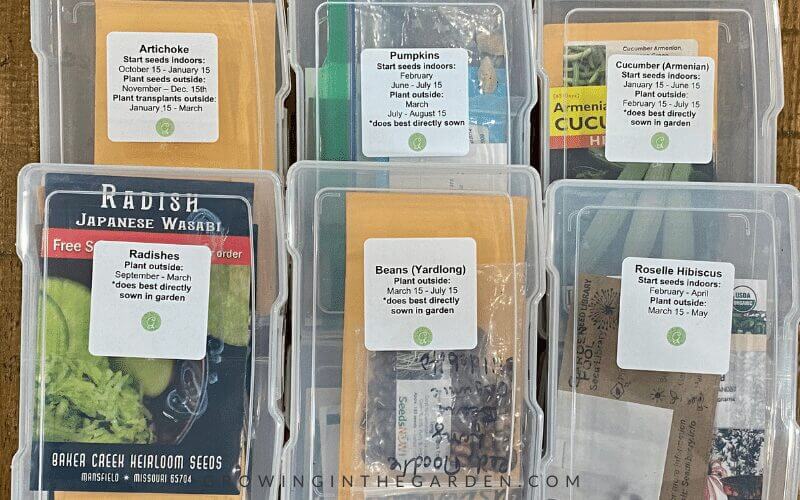
- Purchase seeds
- Start seeds indoors (this blog post will help)
- Purchase transplants. Starting seeds indoors can be tricky; there is no shame in buying transplants.
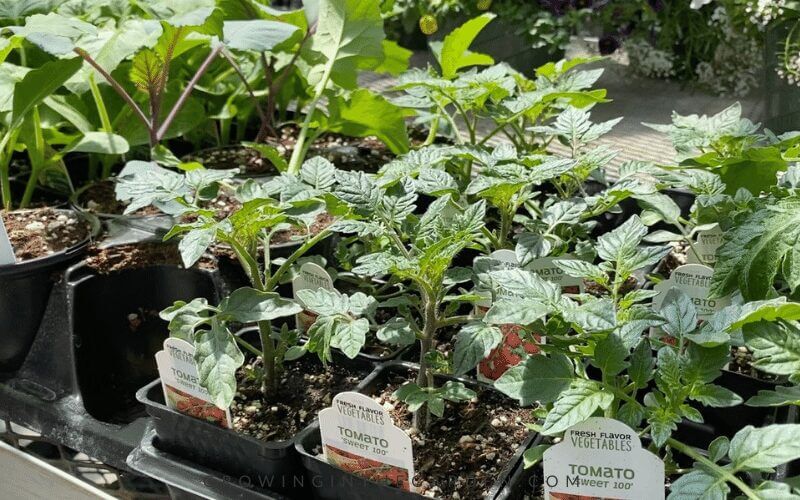
5. Plant and enjoy your garden
Using your plan, plant seeds and transplants in your garden. Label plants.
Make changes and adjustments as needed to your plan. Note any changes you make on your Garden Planning Worksheet and garden diagram. Keeping that information accurate and updated is important for crop rotation later on.
If everything doesn’t go according to plan, that’s okay. Enjoy the process. Build on your mistakes and learn from your successes each season.

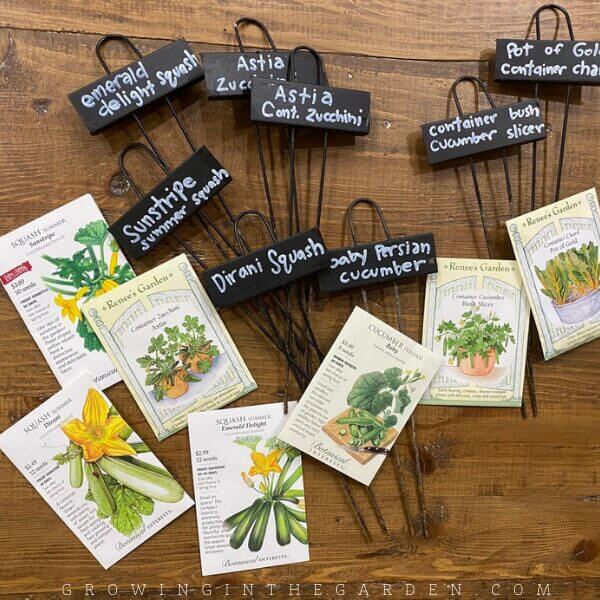


Learn other ways to become a self-sufficient gardener in this article.



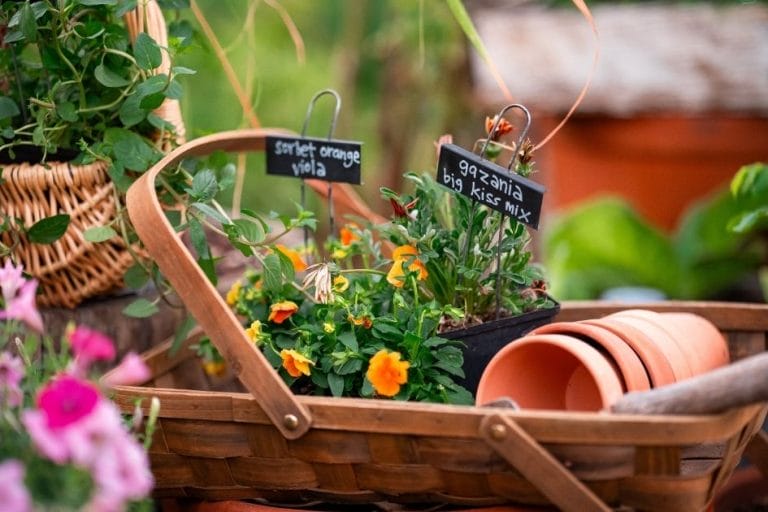


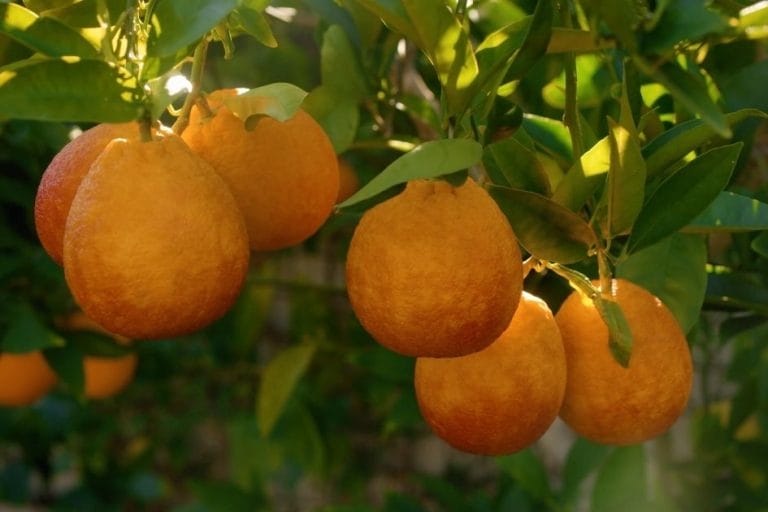
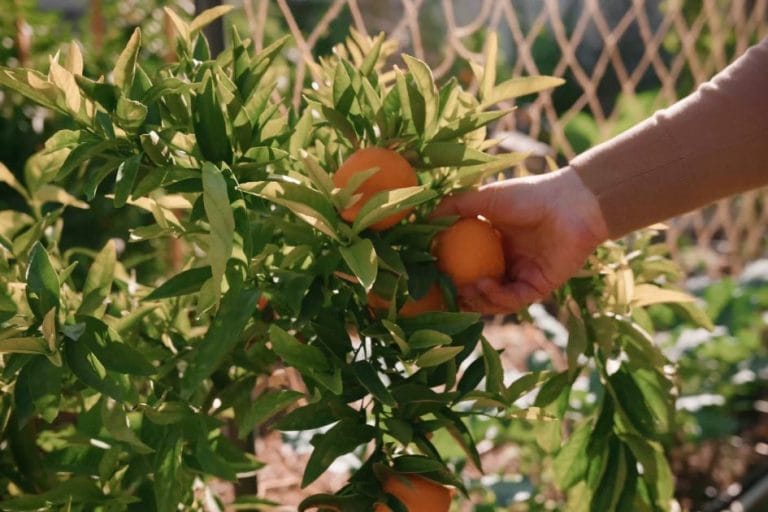
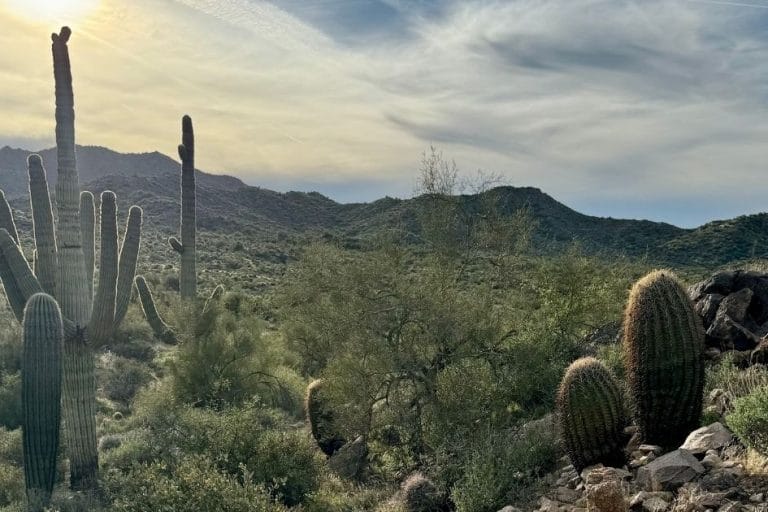
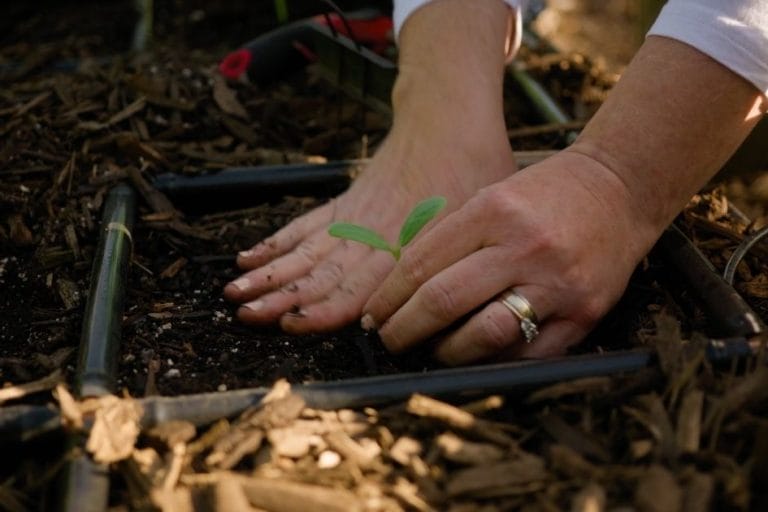
Hi Angela! Which online garden planning tool do you recommend?
Hi Connie. I used the garden planning tool on Grow Veg.
Thanks Angela!
Where did you get your trellis?
I got it from twobrothersmetalworks.com
Hi Angela,
Thank you for your amazing blog! As a newbie Arizona gardener, I’ve relied on your planting guides and my garden is flourishing! I’ve even gotten my husband to eat garden fresh peas for the first time this spring, and he’s asked I plant more next time!
Quick question about crop rotation- I have to use planter bags for my garden and am mainly focusing on growing several types of tomatoes and peppers. What do you recommend planting after my tomatoes in the same containers after I amend the soil? Same question for the peppers? And how soon can I use that same container to plant tomatoes and peppers again?
Thanks!
A good way to think of crop rotation is: Root – Fruit – Bean – Shoot: Tomatoes and peppers are a fruiting crop so I would plant a legume or bean in those bags next. Keep amending with compost and refresh with raised bed mix as needed too. I’d say at least a couple seasons before you plant the same crop in the same bag again.
Hello Angela!
I cannot tell you how much your site has helped me over the last year as I started my first garden here in Az, after growing up in the northeast. Thank you so much!
My biggest ‘garden planting’ challenge is that I don’t have a very large garden and want to plant everything, so I am making sure that as one thing is done and comes out, there is something ready to take it’s place – but all the planting guides say when things get planted not when they are ‘done’ which makes planning harder! (In the northeast, it’s easy – snow ends everything).
Do you have any advice on how to know about when things come out of the garden so a novice can plan around that? Thanks again for all your wonderful work here on this site.
I’m so glad the information has been helpful for you. Thanks for the feedback. Many plants here are warm season, or cool season crops, so as things cool down or heat up they will be done. Many crops like carrots or cauliflower are also one and done crops. You harvest it when it is ready and then plant something else there. Other crops tend to slow down production (beans, peas, tomatoes) and get diseased or pests as they reach the end of their life cycle. Plan on most crops staying in place for a season (either the cool season, or the warm season) but as spots open up if things finish early be ready to plant something in its place. Learn all you can about each crop you plant and that will help you know when it is done as well. You will learn by experience. Gardening isn’t an exact science, especially when we can garden year-round, so many factors come into play. Hope that helps.
Great info…thank you. I am starting a brand new garden area as we moved to a different location in Mesa. Currently planning the placement of garden beds, one of which I would like to devote to asparagus but part of the box will be shaded in the dead of winter due to sun shift and back wall will cast shade. Do you think it can handle a couple of months of shade while it is dormant? I’ve read your “asparagus” page several times and want to start with crowns but no clue where to purchase as I have called many nurseries this morning to ask if they will carry this fall and answer is no. ;(
As long as it gets enough sun while it is actively growing, that would be ok. It definitely grows best with plenty of sunlight. Check online for crowns. You can also check Home Depot, they usually carry the crowns in the fall/winter as well.
Angela I am really torn on whether to pull my zucchini plants. They keep flowering and trying to produce squash. Most of the zucchini gets a few inches long, turns yellow and dies. I have a few odd looking Zach’s that are bulbous on one end and I will pick them when they get about 7 inches. I am cleaning the garden out and getting ready for fall planting. Should I leave them or pull them?
Have you tried hand pollinating? That may be an issue. Not sure where you live but here in Arizona we have been very hot and that has an effect on the pollen as well. If the plant is otherwise healthy you could leave it and hope for harvests as temperatures cool.
@Angela Judd, yes I am across the valley from you and I do think it is the heat. I will leave them in till mid October and see what happens. Thank you for your amazing knowledge. I refer to you constantly when I discuss gardening with people.
Hi! I have to use grow bags for my garden and I’m wondering if it would be successful using the grow bags placed in a square foot gardening arrangement?
Grow bags are an excellent option. Map out each bag and treat them like how many square feet they are. Putting them close together helps keeps them from drying out as quickly too. Here is a blog post with more information about square foot gardening: https://growinginthegarden.com/gardening-in-grow-bags-5-tips-for-success/